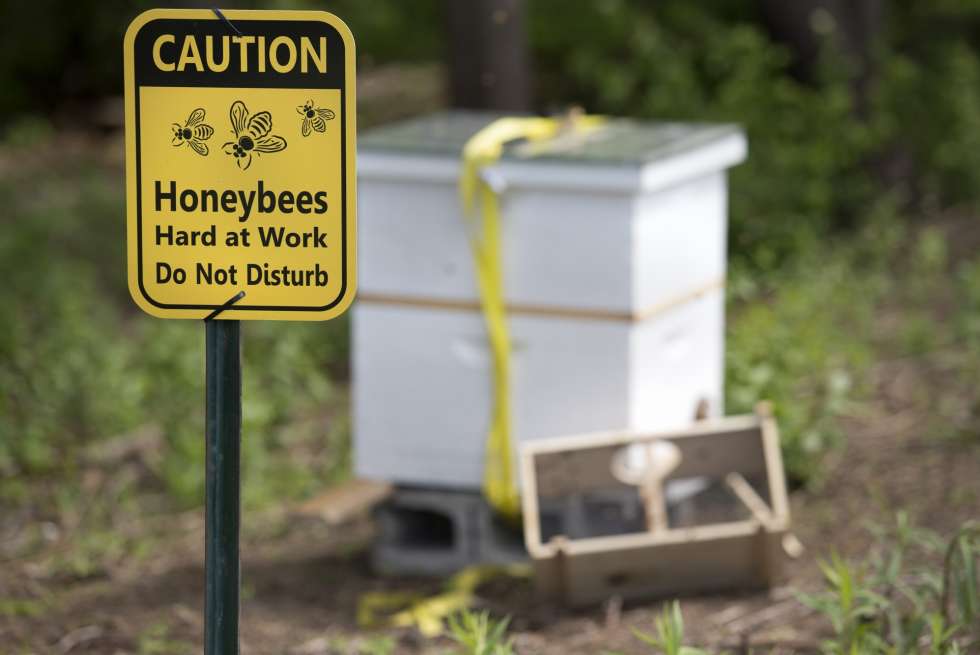Ecological Labor
From the Series: The Naturalization of Work
From the Series: The Naturalization of Work

Across sites in coastal Alaska, laid-off loggers are climbing back into heavy equipment in remote forests to improve salmon habitat at the behest of new coalitions of conservation scientists and tribal governments, even as seafood industry players and environmentalists set aside old divisions to cooperate on campaigns for ecological stewardship. Funded by a complex network of public-private partnerships and NGOs, such programs craft environmental futures through the language and practice of care and collaboration. While the new ecological relations engendered by these initiatives show promise for sustainable futures, they are also introducing fresh angles for exploitation. The costs of preventing, repairing, and mitigating ecological degradation are increasingly built into the labor process itself, signaling the rise of what we characterize as ecological labor. This emergent form of work is transforming how nature today is conceptualized, produced, and governed.
By ecological labor, we refer not merely to the labor demanded by projects of environmental protection and conservation as opposed to the better known labor of resource extraction, but also to how many engagements with the environment are today being reconfigured as ecologically reproductive “care work,” the affective and performative dimensions of which are often valued more than objective results. Like the affective labor to which it is closely related, ecological labor is feminized, racialized, and naturalized—processes that have been shown to devalue labor (Weeks 2011; Federici 2012; West 2012). While it is ostensibly celebrated, it relies on the marginalization of those who are conscripted to perform it. It is alienated labor, not the restoration of labor to its ecological essence.
Alaska offers a key vantage point on ecological labor’s emergence. The state has long been represented and exploited both as an inexhaustible storehouse of valuable natural resources and as a last remaining wilderness particularly vulnerable to environmental degradation. Yet the relationship between these historically opposed environmental visions appears to be changing. Today, invocations of imperilment are generating new reserves for the creation of economic wealth.
For example, shifts in the seafood industry have remade the commercial salmon economies that have long anchored Alaskan coastal communities. Given the adoption of exacting practices geared toward producing “quality” fish for more lucrative market segments, salmon is no longer merely a natural resource for rough-and-ready extraction, but rather an environmental good demanding attentive stewardship in newly charged relationships of intimacy and care. Quality-training programs instruct commercial fishers to “treat fish gently,” detailing how they should handle fish. Harvesters aiming for quality describe how they “baby” their fish, laying down special foam mats to soften the salmon’s fall onto their boat decks. Such practices transform salmon from the stuff of mass catches and macho bravado to something much more delicate, special, and individuated (Hébert 2010).
These new relationships have brought the salmon of commercial fishing into closer alignment with the salmon of environmentalists, scientists, and recreational fishers. Whereas fishing industry players once saw themselves at odds with environmentalist groups, they now recognize a common kinship in salmon. In 2007, commercial fishers were taken aback to learn that a Greenpeace vessel had come to Bristol Bay in southwestern Alaska not to oppose a massive proposed mine but instead to monitor fishing harvests. The fishermen instructed the Greenpeace crew about the ecological virtues of their work, mirroring the educational campaigns that they themselves had undergone, in which they relearned how to produce salmon in a way that better meshes with changing sensibilities and registers of value.
In Southeast Alaska’s Tongass National Forest, projects of environmental restoration are also often undertaken as a kind of re-education. Following decades of antagonism related to commercial logging in the 17 million acre forest, today’s restoration projects typically aim to overcome logging’s divisiveness by providing local jobs and improved fish and wildlife habitat at once. While government and NGO newsletters celebrate these projects as heralding a future of sustainability and collaboration, scores of interviews with residents of Southeast Alaska taught us that there is much skepticism about the ecological and economic merits of such initiatives.
Why do these projects continue to receive the support of government, business, and civil society institutions? In Southeast Alaska’s rural villages, restoration is being promoted not only for its (doubtful) future benefits to salmon, but also for its immediate benefits as a job-training program for underemployed villagers. An NGO website touting the success of a recently completed watershed restoration project focused entirely on the positive transformations experienced by the mostly Alaska Native work crew with the headline “Encouraging Local Natural Resource Stewardship on the Tongass.” The bottom line seems to be to rehabilitate those who once depended on the commercial timber industry as sustainable forest stewards.
The alignment of interests around watershed restoration in Southeast Alaska, just as with the production of quality salmon in Bristol Bay, reflects a process of training a particular class of environmental actors to take responsibility for the conditions supporting their very capacity and imperative to labor. The old extractive economies hid environmental costs to support and justify colonial political orders; contemporary postindustrial economies are turning the resulting ecological degradation and economic precarity into new sites for extracting surplus value. This late-capitalist technology of exploitation does not simply enlist certain laboring bodies to shore up the continued productivity of nature but thrusts onto them the burden of the reproduction of the biosphere itself. Ecological labor thus remakes rural people and landscapes in the image of a crisis that guarantees its own productivity.
Federici, Silvia. 2012. Revolution at Point Zero: Housework, Reproduction, and Feminist Struggle. Oakland, Calif.: PM Press.
Hébert, Karen. 2010. “In Pursuit of Singular Salmon: Paradoxes of Sustainability and the Quality Commodity.” Science as Culture 19, no. 4: 553–81.
Weeks, Kathi. 2011. The Problem with Work: Feminism, Marxism, Antiwork Politics, and Postwork Imaginaries. Durham, N.C.: Duke University Press.
West, Paige. 2012. From Modern Production to Imagined Primitive: The Social World of Coffee from Papua New Guinea. Durham, N.C.: Duke University Press.